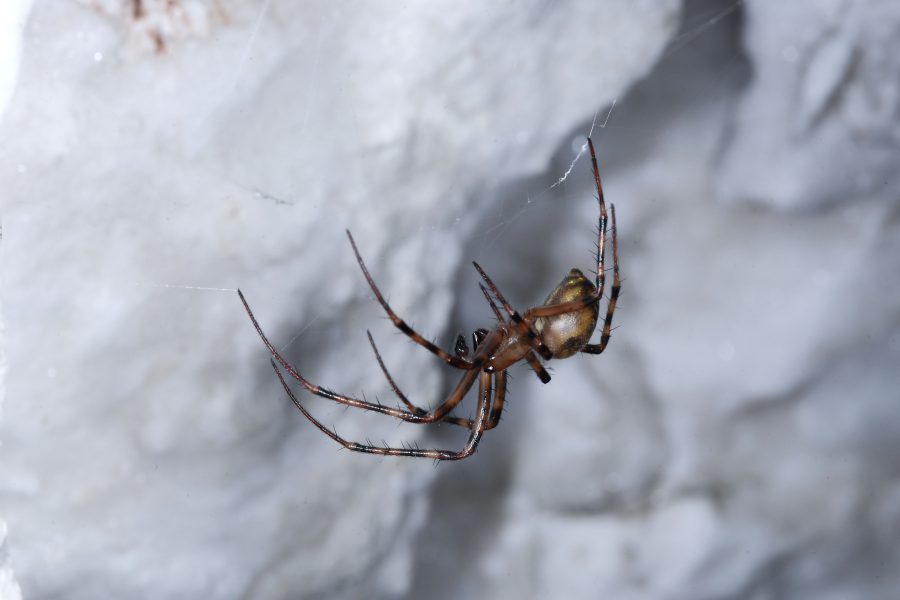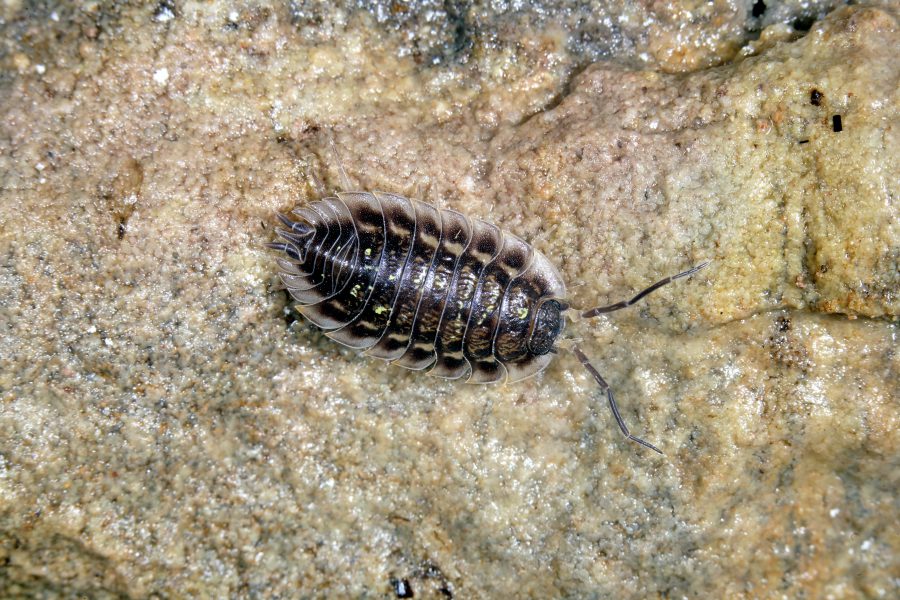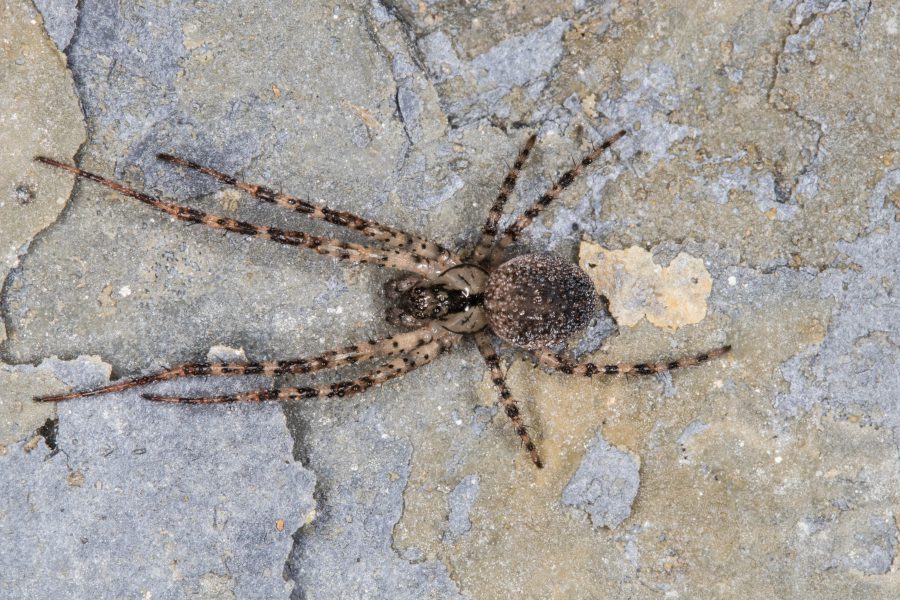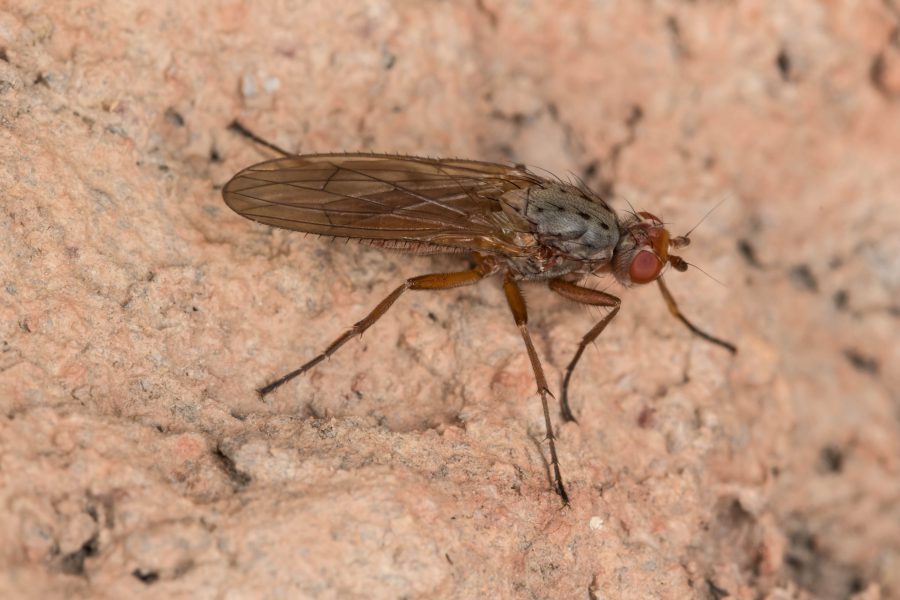Cave Animals
List of cave animals in Germany
In the absolute darkness of a cave, eyes have no function as sensory organs. "True" cave animals as a rule are therefore blind. As a compensation, they possess excellent senses of touch and smell. For this purpose, their extremities are notably elongated, and often equipped with additional tactile bristles. Since sunlight and ultraviolet radiation are missing in caves, the skin doesn’t develop colour pigments, and the animals appear to be white or colourless.
In addition to the physical adaptations, cave animals have developed specific behavioural patterns, which contribute to their survival in permanent darkness. The permanent scarcity of food underground is compensated by a reduced metabolism. Slow movements are reducing the uptake of energy to a minimum. Since a small body size reduces the amount of food needed for sustenance, it comes as no surprise that many cave animals are just a few millimetres in size.
Next to these true cave animals, which are completely adapted to cave life, a multitude of animal species are found underground, which are adapted to various degrees to this habitat, and are found above ground as well. In modern biospeleology, the ecological classification distinguishes four different levels. Their borders, however, are still in flux. Such an ecological classification is of value for a lot of questions, however, a detailed knowledge of the life history of the animal in question is required.
Animals alien to caves (eutrogloxene) happen to get into caves accidentally, they can't live there permanently. Animals which have been falling down pits, or have been washed into caves by floods are typical for this category. Usually they perish in the cave within a short time.
The (subtroglophile) "cave visitors" are seeking out caves during certain times of the year. They are able to orientate themselves in darkness, but usually feed outside of the cave. Bats and some butterfly species are such visitors, which are overwintering in caves. During summer, caves are visited by certain caddisflies and mosquitoes and gnats, to evade heat and desiccation. They also use the subterranean habitat for mating.
"Cave loving" animals (eutroglophile) lead a hidden life in the epigean habitat as well, hiding under stones, in the earth or under the bark of trees. These animals find perfect living conditions in caves, and are even able to reproduce in caves, and form permanent populations. Many species of spring tails and spiders belong to this group.
"True" (eutroglobiont) cave animals have adapted their complete life history to the subterranean habitat. These animals can't survive the changed temperatures and light regimes above ground for an extended time. Cave amphipods or the famous Proteus belong into this group.
The central question of biospeleology is, what the advantages are of living in caves. It is known that species adapted to a life on the surface are able to develop populations adapted to cave life. On the one hand, these species find themselves in extreme living conditions, on the other hand, they experience little competition by other species. It should be expected that especially species which lack the ability to withstand competition are retreating into these low-competition niches. The absence of seasonal temperature oscillations allows a year-round reproduction, which is an important factor in the maintenance of the population.




